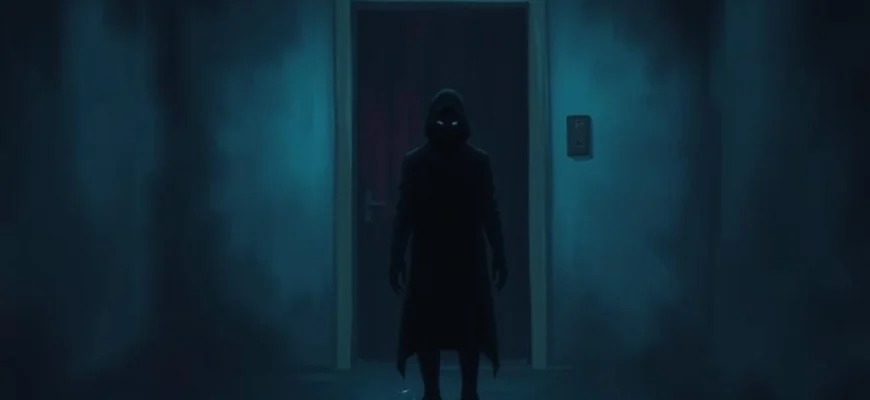If you enjoyed the gripping tension and psychological horror of Delivery: The Beast Within (2013), you're in for a treat. This article explores 10 similarly chilling movies and shows that delve into dark secrets, supernatural threats, and the terror lurking beneath the surface. Whether you're a fan of found-footage horror or eerie mysteries, these picks will keep you on the edge of your seat.
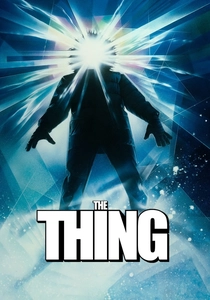
The Thing (1982)
Description: A paranoia-fueled horror masterpiece about a shape-shifting alien that infiltrates an isolated research team, leading to intense distrust and gruesome body horror.
Fact: The film was initially a box office failure but gained a cult following and critical reappraisal over time. The practical effects by Rob Bottin are still celebrated for their grotesque realism.
 Watch Now
Watch Now 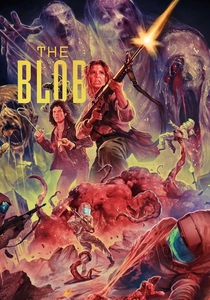
The Blob (1988)
Description: A remake of the 1958 classic, this film features a gelatinous alien organism that consumes everything in its path, with gruesome practical effects and relentless tension.
Fact: The Blob's effects were created by Tony Gardner, who later worked on 'Army of Darkness.' The film was a box office disappointment but gained a cult following for its inventive kills.
 Watch Now
Watch Now 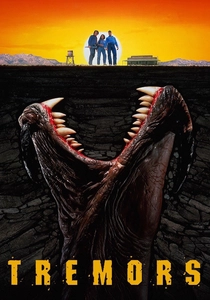
Tremors (1990)
Description: A creature feature with a mix of horror and comedy, following a small town under siege by giant, burrowing worms, emphasizing survival and teamwork.
Fact: The film was originally conceived as a low-budget Western before being reworked into a monster movie. It spawned a franchise with multiple sequels and a TV series.
 Watch Now
Watch Now 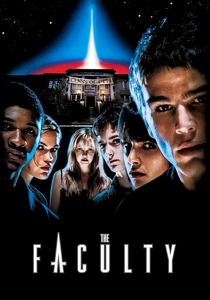
The Faculty (1998)
Description: A sci-fi horror film where high school students discover their teachers are being taken over by alien parasites, blending teen drama with body horror.
Fact: The script was partially inspired by 'Invasion of the Body Snatchers.' The film features early performances from several future stars, including Elijah Wood and Josh Hartnett.
 Watch Now
Watch Now 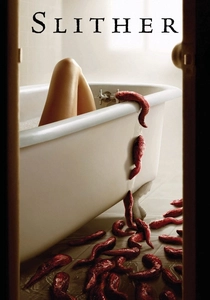
Slither (2006)
Description: A horror-comedy that combines grotesque body horror with small-town chaos, as an alien parasite turns residents into monstrous mutants, blending gore with dark humor.
Fact: The film pays homage to classic B-movies and creature features from the 1980s. James Gunn wrote the script in just 10 days, inspired by his love for horror and sci-fi.
 Watch Now
Watch Now 
The Host (2006)
Description: A creature feature that blends horror, suspense, and dark humor, focusing on a monstrous entity terrorizing a community, with strong family drama elements.
Fact: The film was inspired by a real-life incident where a U.S. military employee ordered the disposal of formaldehyde into the Han River. It became the highest-grossing South Korean film at the time of its release.
 Watch Now
Watch Now 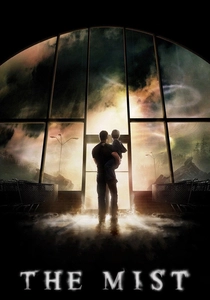
The Mist (2007)
Description: A tense, claustrophobic horror film where a group of people are trapped and must survive against mysterious creatures hidden in an otherworldly mist, exploring human fear and paranoia.
Fact: The film features two different endings, with the theatrical version being notably darker than Stephen King's original story. Frank Darabont considered shooting it in black and white to enhance its classic horror feel.
 Watch Now
Watch Now 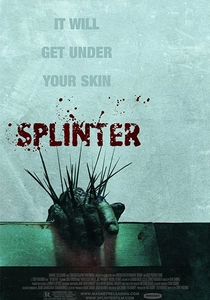
Splinter (2008)
Description: A survival horror film where a group of people are trapped in a gas station, fighting against a parasitic organism that takes over its hosts in gruesome ways.
Fact: The creature effects were achieved using practical methods rather than CGI, giving it a raw and visceral feel. The film was shot in just 18 days on a tight budget.
 Watch Now
Watch Now 
Cloverfield (2008)
Description: A found-footage monster movie that follows a group of friends trying to survive an attack by a massive, unknown creature in New York City, emphasizing chaos and visceral terror.
Fact: The film's marketing campaign included cryptic websites and fake MySpace profiles for the characters. The monster's design was kept secret until release to maintain suspense.
 Watch Now
Watch Now 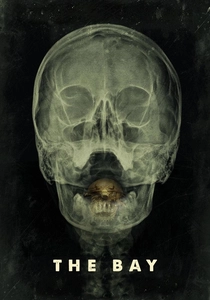
The Bay (2012)
Description: A found-footage ecological horror film about a small town overrun by deadly parasites in the water, blending environmental themes with body horror.
Fact: The film is loosely based on real events involving pollution in the Chesapeake Bay. Director Barry Levinson used a multi-format approach, combining news footage, webcams, and personal recordings.
 Watch Now
Watch Now 
